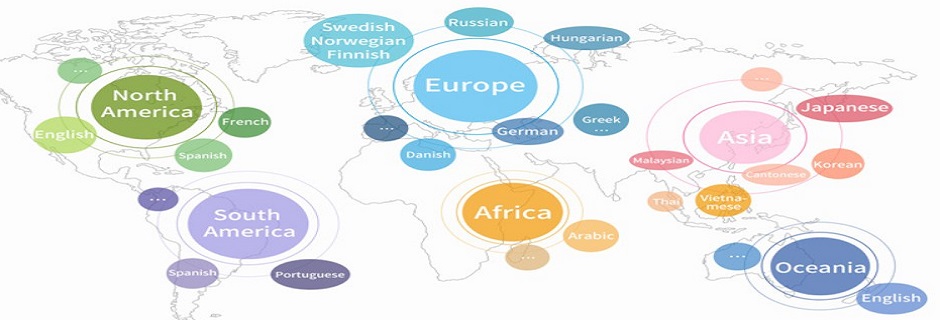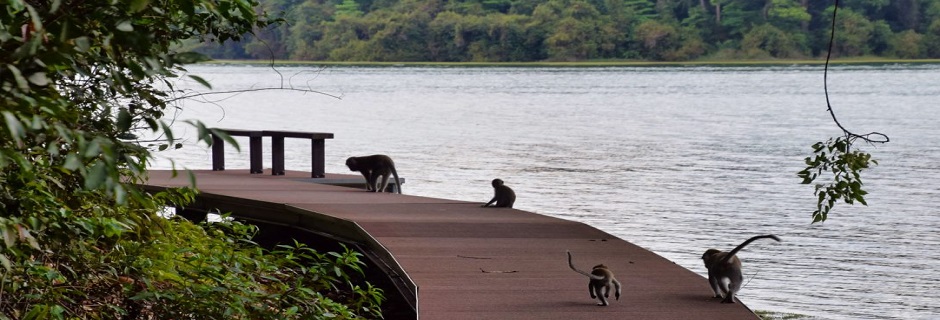Translation Services MacRitchie
Translation Services Serangoon
January 28, 2019
Travel Translator
January 31, 2019Translation Services MacRitchie will be supporting our business functions in the MacRitchie region.
MacRitchie Reservoir is Singapore's oldest reservoir. The reservoir was completed in 1868 by impounding water from an earth embankment, and was then known as the Impounding Reservoir or Thomson Reservoir.
Before the early 19th century, most of the main island of Singapore was covered with primary forest. Soon after the British established a settlement in Singapore in 1819 and commercial activity took root, there was a demand for fresh water. However, it was decades before the settlement’s first fresh water supply was established.
Between 1820 and 1870, a substantial portion of the virgin forest was cleared to assist Singapore in becoming an important trading post. Prior to this, Chinese planters had also worked the forested land for timber and the cultivation of crops like gambier, pepper and rubber [rubber was not planted commercially in Singapore before the 20th century]. By 1886, only 10% of the original forest cover remained.
In 1823, British Resident John Crawfurd proposed the building of a reservoir and waterworks, setting aside $1 for these plans but nothing came of them. Another plan that ended up in smoke was the idea to tap the headwaters of Singapore Creek, now known as the Singapore River.
Finally, in 1857, Straits Chinese merchant Tan Kim Seng donated $13,000 for the improvement of the town’s waterworks but delays, poor planning and use of the wrong building materials ate into the budget. New plans were drawn up for an impounding reservoir in Thomson. Tan’s money was insufficient – the cost of the new reservoir was $100,000,000 – but colonial headquarters in Calcutta refused to make up the rest of the cost. When Tan died in 1864, the reservoir was no nearer completion.
Construction was eventually completed in 1868 but the pumps and distributing network were not finished until 1877. By this time, public confidence in the government’s ability was dented.
In 1882, in a move to salvage its reputation, the Municipal Council erected a fountain in Fullerton Square in honour of Tan Kim Seng. The fountain was later moved to Queen Elizabeth Walk, where it stands today.
In 1891, the holding capacity of the Impounding Reservoir or Thomson Reservoir, named after its designer John Turnbull Thomson, was expanded to over 465 million imperial gallons (2,110,000 m3). Municipal Engineer James MacRitchie oversaw this $32,000 expansion and the reservoir was named after him in 1922. In the 1890s, he had urged the government to buy the Chasseriau Estate for use as a reservoir but it was not until much later that the purchase was made.
However, the reservoir’s 4 million imperial gallons (18,000 m3) a day were still insufficient to meet demand. Water was pumped into the reservoir from the upper section of Kallang River, one of the island’s bigger sources of fresh water. Other fresh water supplies – Lower Peirce Reservoir and Seletar Reservoir – were completed in 1912 and 1920 respectively. However, the government realised that Singapore would not be able to meet its own fresh water needs. In 1927, a water treaty was signed with the Sultan of Johor and Singapore started receiving treated water from the Gunong Pulai water project Johor in 1930.
The construction of MacRitchie Reservoir brought deforestation around the area to a halt. The forest surrounding the reservoir has been protected as a water catchment reserve. The forested areas surrounding the other two reservoirs, Pierce Reservoir and Upper Seletar Reservoir (formerly Seletar Reservoir), were also protected when these reservoirs were developed.
During World War II, after the invading Japanese troops seized Bukit Timah from the defending British, the reservoir lay just beyond in their sights. Although it was successfully captured intact shortly after, the Japanese did not cut off the water supply from the reservoir, although slight damage to the reservoir’s facilities like the pumping-stations meant much water was lost instead of being channelled to the city, by then crowded with almost one million British-commanded troops and refugees, which was badly in need for a steady water source. After the British surrender and the subsequent Japanese occupation of Singapore, the Imperial Japanese Army (IJA) built a Shinto shrine, Syonan Jinja, in the middle of the dense forest surrounding MacRitchie Reservoir. When the British forces re-occupied Singapore in 1945, the shrine was destroyed either by British soldiers, or by the Japanese themselves. Its ruins remain to this day but it is located in a restricted-access nature reserve and visitors are asked not to try to reach it largely due to safety reasons. The National Heritage Board declared the site a Historic Site in 2002, although no plans have been made public to develop or to protect the site.


